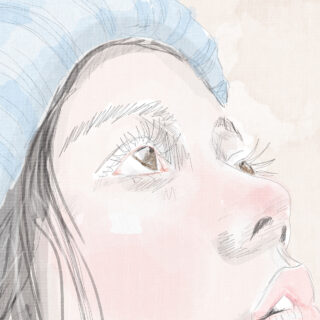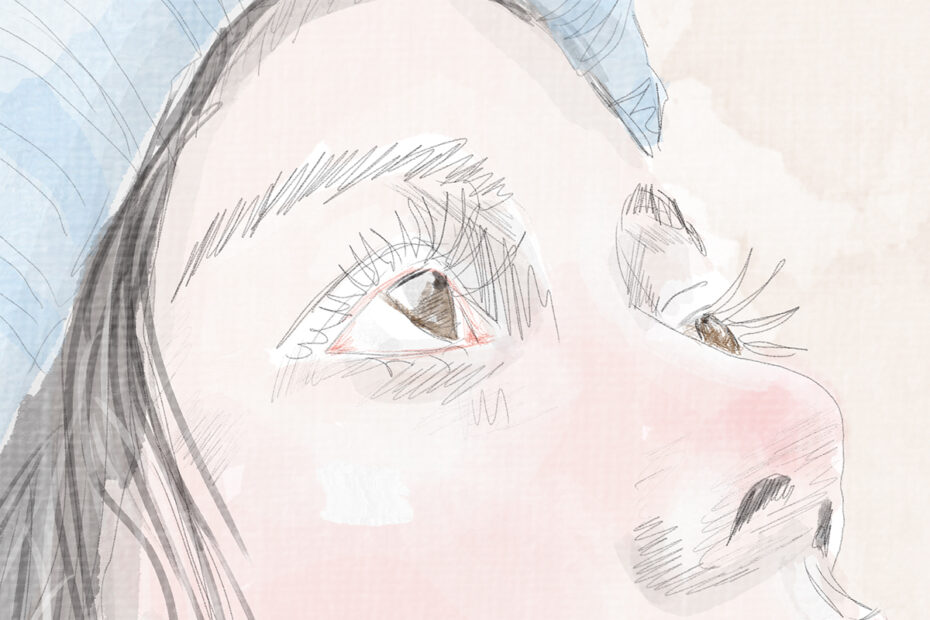Where Creativity Meets Technology

In today’s interconnected world, the term Digital Art encompasses a wide range of innovative practices that utilize digital technology as an integral part of the artistic process. Let’s explore what digital art truly means, its historical roots, notable artists, and the exciting possibilities it offers.
What Is Digital Art?
Digital art falls under the broader category of **new media art**. It encompasses various creative practices that leverage digital tools and techniques. Just like traditional fine art, digital art provides artists with a diverse array of mediums and styles to express themselves:
- Digital Photography
Artists capture moments, landscapes, and emotions using digital cameras, manipulating and enhancing images through software. - Computer Graphics
From intricate illustrations to 2D and 3D modeling, artists create visual content using software like Adobe Illustrator, Blender, or Maya. - Pixel Art
A nostalgic nod to early video games, pixel art involves creating images pixel by pixel, often with limited color palettes. - AI-Generated Art
Artificial intelligence algorithms produce unique artworks based on patterns, data, and neural networks. - AR Art (Augmented Reality)
Artists blend digital elements with the real world, creating interactive experiences for viewers.
Digital art is not confined to specific techniques; it’s a dynamic field that continually evolves as technology advances. The artist’s toolbox now includes everything from vector images and Photoshop collages to virtual environments and NFTs (non-fungible tokens).
A Brief History of Digital Art
- 1960s
Artists like **Frieder Nake**, the group **EAT (Experiments in Art and Technology)**, and **Allan Kaprow** explored the relationship between humans and machines. Kaprow envisioned a world of unbounded communication and interconnectedness. - 1970s
Pioneering video artist **Nam June Paik** coined the iconic expression “electronic superhighway,” envisioning a future of boundaryless communication. - 1980s
Artist Harald Cohen and engineers invented AARON, a robotic machine that created large drawings. Over time, AARON’s abstract drawings evolved into representational shapes, foreshadowing today’s AI-generated art. - 1990s
The personal computer, improved digital technology, and the internet provided artists with creative freedom. Interest in interactive art grew, shaping the digital art landscape.
The Intersection of Art and Technology
Digital art matters because it reflects our ever-changing relationship with technology. From GPS navigation to drones dropping bombs, the digital realm permeates our culture at every level. Artists continue to push boundaries, experimenting with new tools and mediums, bridging the gap between the physical and the virtual.
In this dynamic landscape, digital art invites us to explore, question, and reimagine the boundaries of creativity. So next time you encounter a mesmerizing digital artwork, remember that behind every pixel lies a fusion of artistic vision and technological innovation.
References:
1. [Artland Magazine: Digital Art – Definition, History & Innovative Art Forms](https://magazine.artland.com/digital-art/)
2. [The Conversation: The folly of making art with text-to-image generative AI](https://theconversation.com/us/topics/digital-art-12733)
3. [V&A: Digital art](https://www.vam.ac.uk/articles/digital-art)
4. [The Guardian: Beyond Pong – Why digital art matters](https://www.theguardian.com/artanddesign/2014/jun/18/-sp-why-digital-art-matters)
Sources:
Digital Art – Definition, History & Innovative Art Forms – Artland Magazine. https://magazine.artland.com/digital-art/.
Digital art News, Research and Analysis – The Conversation. https://theconversation.com/us/topics/digital-art-12733.
Digital art · V&A. https://www.vam.ac.uk/articles/digital-art.
Beyond Pong: why digital art matters | Art and design | The Guardian. https://www.theguardian.com/artanddesign/2014/jun/18/-sp-why-digital-art-matters.
